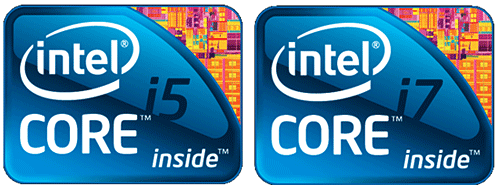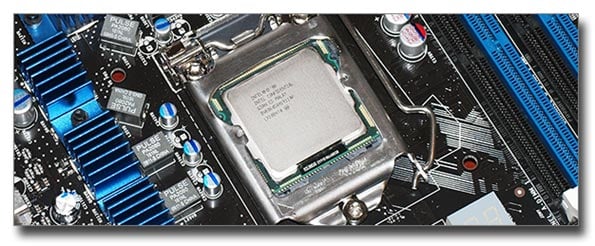
Have you already tried Chrome OS using a virtual machine, and were less than impressed? Well now you can get a feel for how Google's Web-centric operating system will run natively on your machine. The folks over at Engadget were able to boot Chromium OS -- the open source version of what will become Chrome OS -- off of a USB stick on a Dell Vostro A90 netbook. The USB bootable disc is based on the Chromium OS build of Twitter user Hexxeh, who set up a Web site where you can view all the instructions you need for getting your bootable USB up and running.
If you're ready to get your hands dirty and try out the new OS, here's what you need to know:
Get the Torrent
Before you do anything, you're going to need to download the Hexxeh's Chromium OS build. You can find a torrent link on Hexxeh's Website or you can use the mirror links found here andhere courtesy of Engadget.
Set Up Your USB Stick
Hexxeh has some easy instructions for writing your Chromium OS image onto a USB stick. The instructions for Windowsand Linux look pretty straightforward, butMac users are going to have a slightly more complicated time.
Pick Your Machine
A major problem with Chromium OS right now is that its device drivers are in the very early stages of development. That means some parts of your computer may not respond when using Chromium OS. One of the most common problems being reported is the lack of Wi-Fi functionality. So you may have to use an Ethernet connection instead. You should also know there's no guarantee the OS will boot up at all.
If you're in the market for a netbook or laptop, and you plan on experimenting with Chromium, check out Google's list of devices that are known to work with the latest version of Chromium OS. The list is primarily for developers who want to work with the new OS, but there's no reason you can't use it as a buying guide. The device index features a sortable checklist that lets you know if the Wi-Fi and trackpad functions are working, as well as general comments and warnings specific to each device.
For example, you might want to stay away from the Asus Eee PC 900 if you plan to run Chrome right now. The netbook's Wi-Fi is supposed to work, but the device's fans may not run, which could cause your system to overheat. Other Wi-Fi-ready devices, according to Google's list, are the Toshiba mini NB205, and the Asus Eee PC 1008HA. The Lenovo ThinkPad T400 may also work after upgrading the Wi-Fi firmware. But before you go out and spend money on a new computer, read over Google's hardware list to make sure you are fully aware of the functionality and problems for the device you have in mind.
Booting From the USB
Once you've got your computer, and have gone through the steps of writing your bootable disc, you may find you can't get Chromium OS to boot on your Windows-based machine. If this happens, you may have to change the settings for how your machine boots up.
You can learn how to change the settings by checking out PC World's guide to installing Windows 7 on a netbook using a USB drive. The instructions are not Chromium-specific, but you should be able to figure out how to adapt this method for your purposes.
A word of warning: Changing the boot order means messing with your system's command prompt and BIOS. If that sounds scary, you might be better off picking up an officialChrome OS machine later next year. For the rest of you, let us know in the comments how Chromium is running on your netbook.

 With today's launch of their new "Lynnfield" based Core i5 and i7 800 series processors, and the accompanying P55 Express chipset, Intel's current flagship CPU microarchitecture--codenamed Nehalem--finally trickles its way down into the mainstream computing segment. Since Nehalem first landed on the desktop in the form of the Core i7 line of processors, it has unequivocally owned the performance segment of the market. They are simply the fastest desktop processors currently available, bar none. But while the Core i7 was riding high, Intel still had the established Core 2 line-up to satisfy the mainstream, though meeting market demand for a refresh here as well was obviously the end game.
With today's launch of their new "Lynnfield" based Core i5 and i7 800 series processors, and the accompanying P55 Express chipset, Intel's current flagship CPU microarchitecture--codenamed Nehalem--finally trickles its way down into the mainstream computing segment. Since Nehalem first landed on the desktop in the form of the Core i7 line of processors, it has unequivocally owned the performance segment of the market. They are simply the fastest desktop processors currently available, bar none. But while the Core i7 was riding high, Intel still had the established Core 2 line-up to satisfy the mainstream, though meeting market demand for a refresh here as well was obviously the end game.








